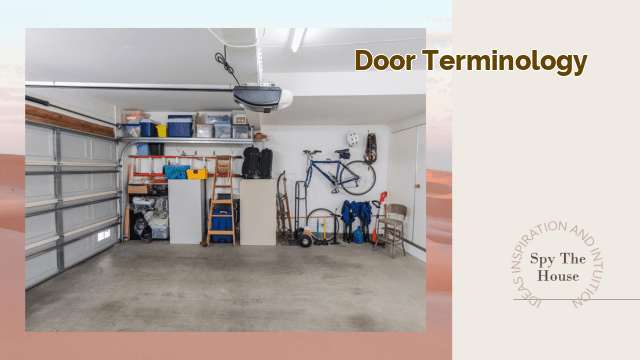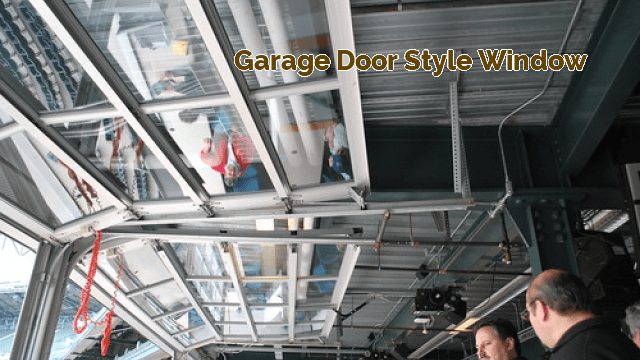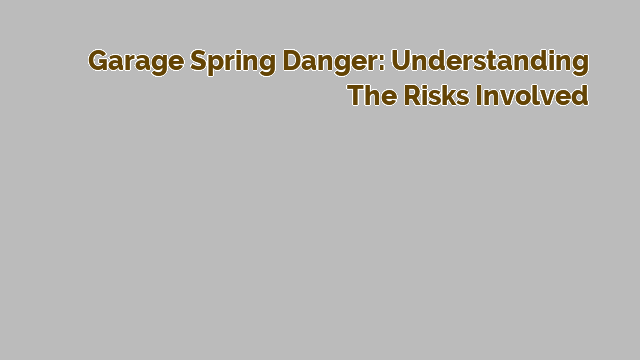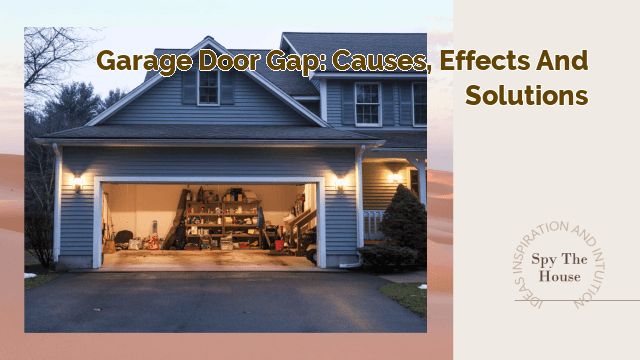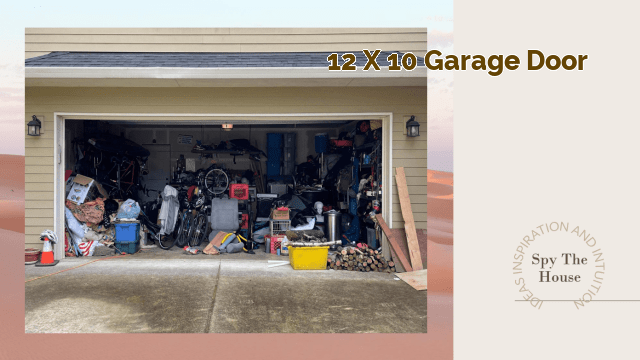door terminology
# Door Terminology: Understanding the Language of DoorsDoors are an essential part of our everyday lives. They provide entry and exit points to buildings, rooms, and homes. However, despite their ubiquity, many people are not familiar with door terminology. Understanding door terminology can be helpful when buying, installing, or repairing doors. In this article, we will explain the different parts of a door, types of doors, and various door hardware. ## Explaining Door Terminology ### Understanding the Different Parts of a DoorDoors have several parts that work together to provide their function. Here are some of the most common parts of a door:- **Door Leaf** – This is the main part of the door that swings open and closed.- **Frame** – The frame holds the door leaf in place.- **Threshold** – The threshold is the bottom part of the door frame that sits on the floor.- **Sill** – The sill is the horizontal part of the threshold that sits on top of the foundation.- **Hinges** – Hinges are the hardware that enables the door leaf to swing open and closed.- **Strike Plate** – The strike plate is the metal plate that the door latch or bolt enters when in the closed position.- **Lockset** – The lockset is the hardware that contains the lock and the latch or bolt.### Types of DoorsDoors come in various types, each with its unique features and functionality. Here are some of the most common types of doors:- **Swinging Doors** – Swinging doors are the most common type of door. They swing open and closed on hinges.- **Sliding Doors** – Sliding doors slide along a track and do not swing open and closed.- **Pocket Doors** – Pocket doors slide into a pocket in the wall when open.- **French Doors** – French doors are double doors that swing open and closed.- **Bi-Fold Doors** – Bi-fold doors consist of two or more panels that fold in half when opened.- **Dutch Doors** – Dutch doors are divided horizontally, allowing the top half to open while the bottom half remains closed.### Door HardwareDoor hardware is the various pieces of hardware that help a door function. Here are some of the most common types of door hardware:- **Hinges** – Hinges are the hardware that enables the door leaf to swing open and closed.- **Locks** – Locks are the hardware that keeps the door in the closed position.- **Latches** – Latches are the hardware that keeps the door in the closed position without the use of a key.- **Knobs** – Knobs are the hardware that are turned to open and close the door.- **Handles** – Handles are the hardware that are pulled to open and close the door.- **Closers** – Closers are the hardware that automatically closes the door after it has been opened.## People Also Ask### What is the difference between a door leaf and a door slab?A door leaf is the complete door assembly that includes the frame, hinges, and hardware. A door slab is just the door leaf without any of the other components.### What is the difference between a deadbolt and a latch bolt?A deadbolt is a type of lock that requires a key to open and close. A latch bolt is a type of lock that can be opened and closed from the inside without a key.### What is a strike plate?A strike plate is the metal plate that the door latch or bolt enters when in the closed position. It helps to keep the door secure when closed.### What is a jamb?A jamb is the vertical part of the door frame that the door leaf fits into when closed.### What is a door sweep?A door sweep is a strip of rubber or other material that is attached to the bottom of the door to prevent drafts and insects from entering the room.### What is a transom?A transom is a window that is located above a door.### What is a sidelight?A sidelight is a window that is located on the side of a door.### What is a kick plate?A kick plate is a metal plate that is attached to the bottom of a door to protect it from damage.### What is a door closer?A door closer is a device that automatically closes a door after it has been opened.### What is a panic bar?A panic bar is a device that allows a person to exit a building quickly in case of an emergency.Understanding door terminology is essential when buying, installing, or repairing doors. With this knowledge, you will be able to communicate effectively with door professionals and make informed decisions about door-related matters.
